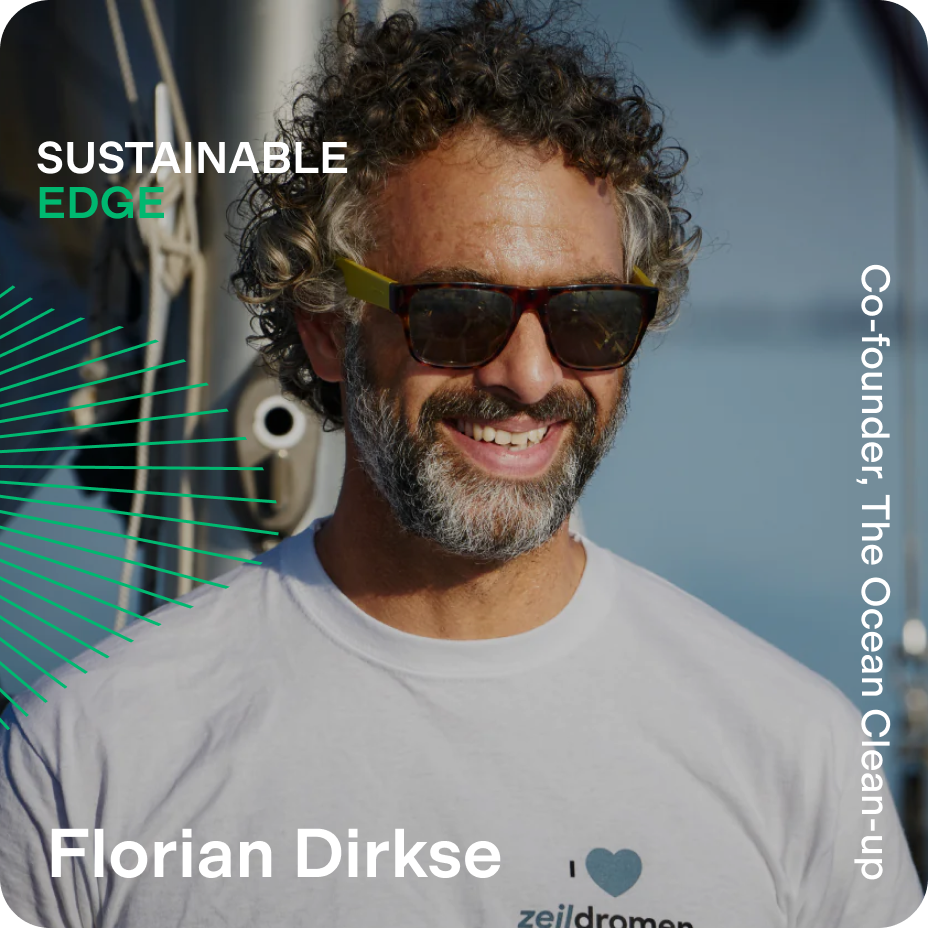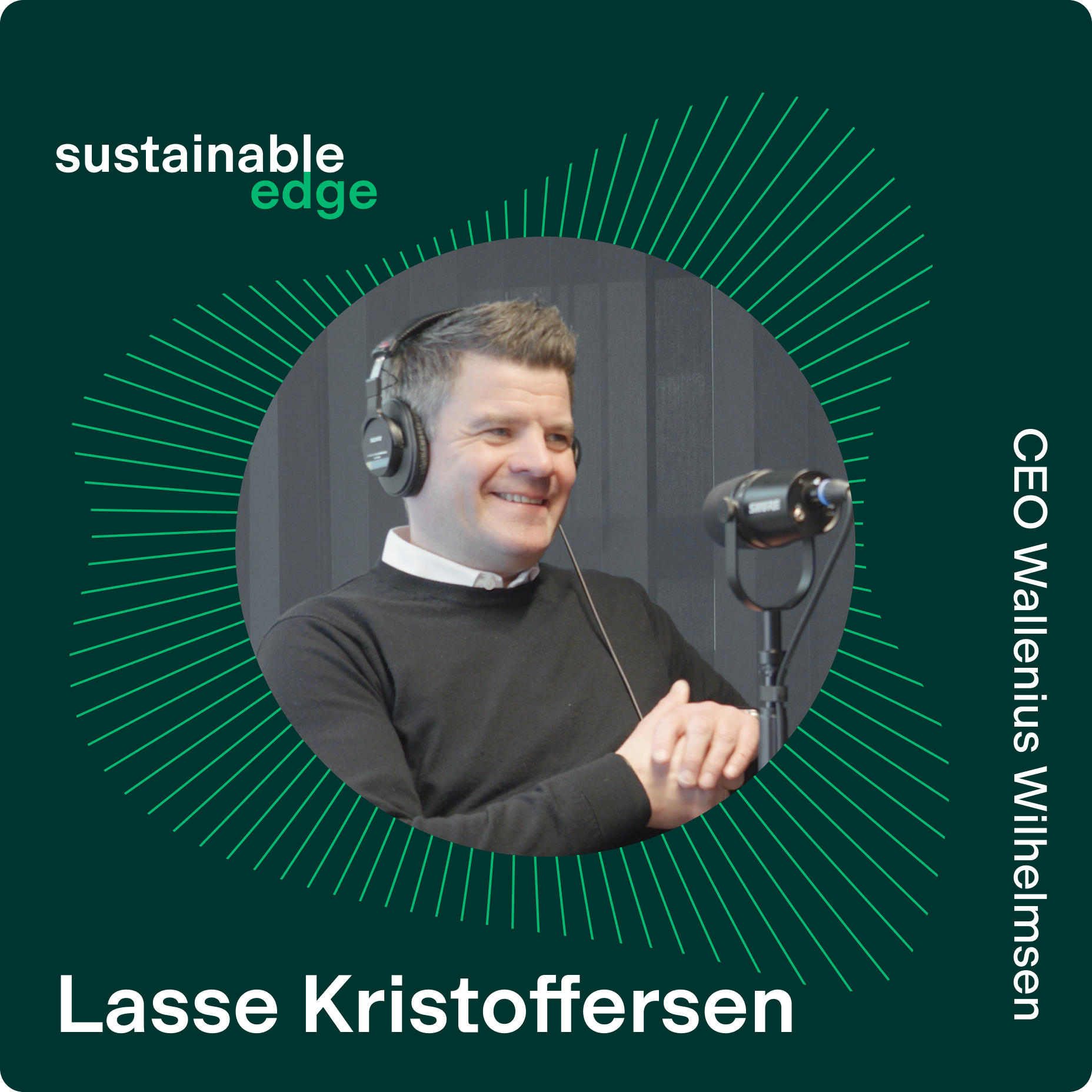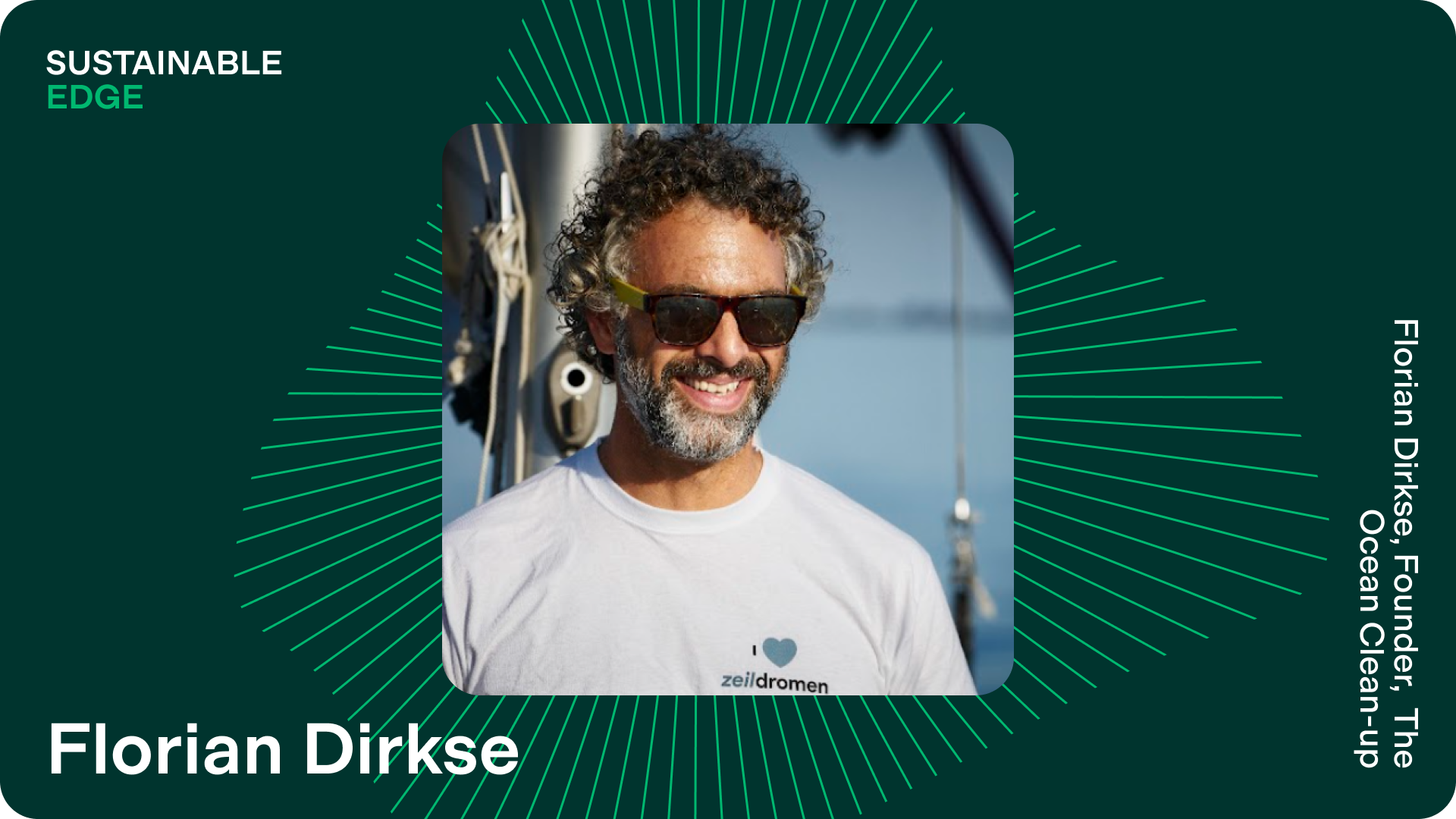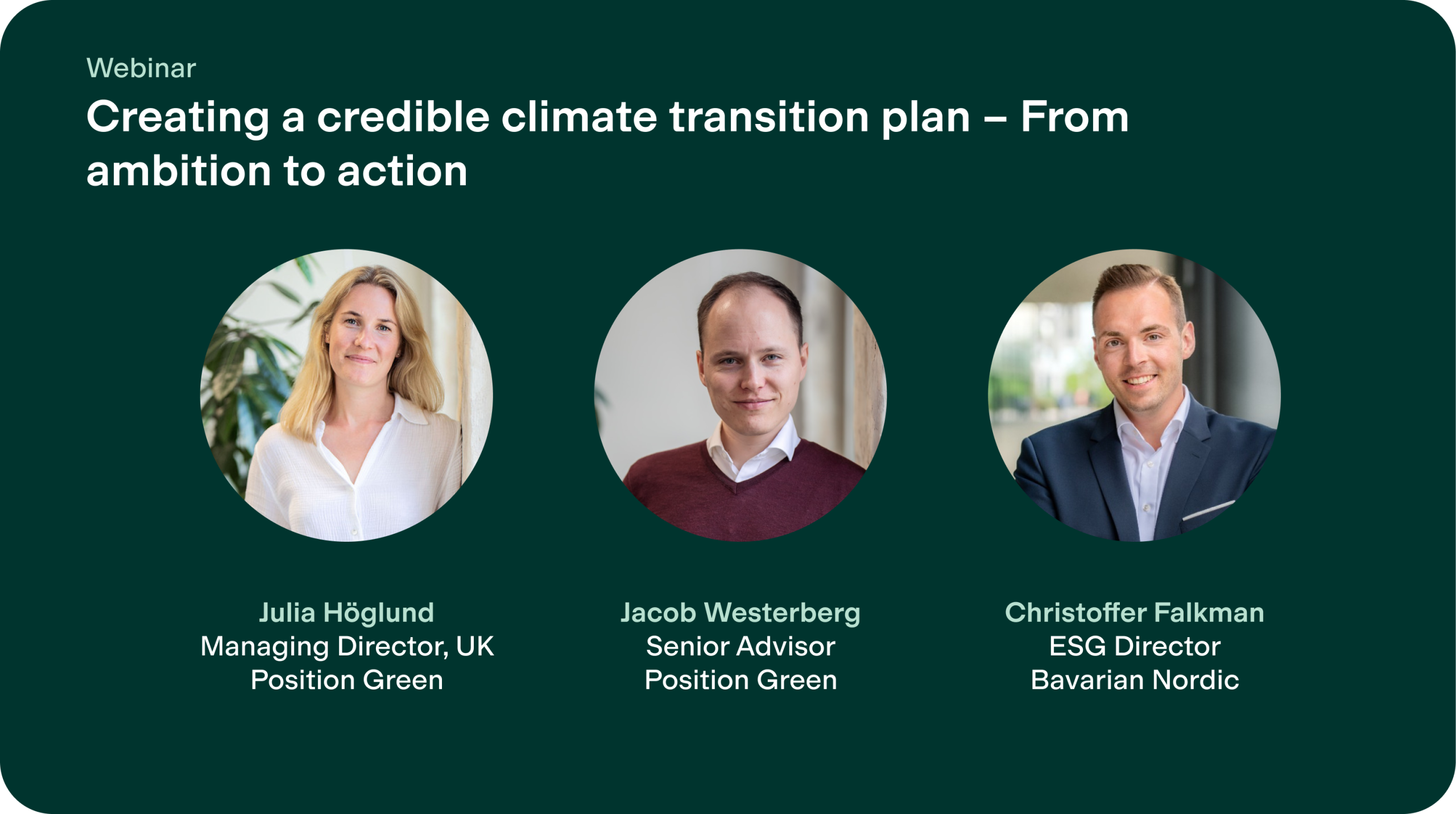Aligning carbon accounting to SBTi: A practical guide for building credible net-zero pathways

The Science Based Targets initiative (SBTi) has become the leading global framework for companies seeking to set credible climate goals. By aligning your carbon accounting practices with SBTi standards, you ensure that you are consistent with the scientific consensus signed through the Paris Agreement to limit global temperatures to 1.5° C.
In this article, you’ll learn how your business can align its carbon accounting with SBTi requirements—and how tools like Position Green’s Carbon Accounting solution can support that journey.
Understanding SBTi alignment: The basics
The SBTi provides a framework for companies to set greenhouse gas (GHG) emissions reduction targets in line with the goal of limiting global warming to 1.5°C above pre-industrial levels. It focuses on two key target types:
- Near-term targets: Typically 5–10 years into the future, covering Scope 1, 2, and 3 emissions if Scope 3 constitutes more than 40% of a company’s total footprint.
- Net-zero targets: Long-term goals aiming for a 90% or more reduction in absolute emissions* emissions by 2050, with any residual emissions neutralized through carbon removals.
*Absolute emissions are the total volume of your emissions, not adjusted for business growth, revenue, or output. It reflects actual climate impact more directly than intensity metrics. Used in absolute reduction targets, which commit to cutting total GHGs by a specific percentage (e.g., “reduce absolute emissions by 50% by 2030”).
SBTi-aligned targets must be rooted in a comprehensive, up-to-date carbon footprint, with transparent methodologies and a science-based pathway toward emissions reduction.
Five steps to align your carbon accounting to SBTi
1. Build a comprehensive GHG inventory
A credible carbon accounting system starts with a full Scope 1, 2, and 3 emissions inventory.
- Scope 1: Direct emissions from owned or controlled sources.
- Scope 2: Indirect emissions from purchased electricity, steam, heating, and cooling.
- Scope 3: All other indirect emissions, often covering the bulk of a company’s footprint (up to 80–90%).
Important: It is required that your inventory follows the GHG Protocol and covers all seven Kyoto Protocol gases.
Best practice tip: Use primary data wherever possible, especially for Scope 1 and 2, and build supplier engagement programs to refine Scope 3 estimations over time.
2. Set science-based targets
Once you have your baseline emissions data, define your targets:
- Near-term target: Achieve significant emissions reductions within 5-10 years.
- Long-term net-zero target: Achieve deep decarbonization–90% or more–by 2050 or earlier.
SBTi provides sector-specific guidance and criteria to ensure your targets are ambitious and aligned with the 1.5°C trajectory and the Paris Agreement goals.
Common pitfalls to avoid:
- Setting ambitious targets without understanding what it takes to reduce emissions.
- Failing to have a complete inventory that includes all emission sources which is a requirement to get through the SBTi validation process.
3. Map out your decarbonization scenarios
To meet your targets, you need a clear, actionable plan that maps your GHG reduction opportunities across operations, energy sourcing, supply chains, and product design.
This is where Position Green’s Carbon Accounting solution comes in. The platform allows you to:
- Model decarbonization pathways based on different scenarios and SBTi requirements.
- Align GHG tasks (e.g., energy efficiency projects, renewable energy transitions, supplier engagement) to specific SBTi-aligned milestones.
- Track progress dynamically against multiple pathways to optimize investments and actions over time.
Strategic advantage: Scenario mapping ensures you not only set science-based targets but also demonstrate a credible, data-driven strategy to achieve them.
4. Monitor, disclose, and refine
SBTi expects companies to publicly disclose progress annually and review targets every five years. While this is not mandatory like other forms of compliance, our recommendations would be to:
- Implement systems for continuous monitoring of emissions.
- Regularly review your progress against interim milestones.
- Update targets and pathways if your business model or external factors change.
Position Green’s Carbon Accounting features built-in reporting functionalities to simplify disclosures to SBTi, CDP, and CSRD frameworks—ensuring you meet multiple stakeholder requirements at once.
5. Engage stakeholders and build accountability
Successful decarbonization depends on internal and external buy-in. Here are some examples of what that might look like in practice:
- Board and executive engagement is critical to prioritize resources for emission reductions.
- Supplier collaboration is essential for Scope 3 decarbonization.
- Transparent communication with investors, customers, and regulators builds trust.
Many leading companies now integrate their SBTi targets into their annual financial reports and sustainability statements—a trend likely to accelerate as CSRD and ESRS reporting become the gold standard framework across Europe.In fact, ESRS require companies to set science based climate targets as part of their compliance mandates, and VSME strongly recommends it.
Why early action on SBTi matters
Waiting to align your carbon accounting to SBTi is risky. Early movers benefit from:
- Regulatory readiness: Anticipating CSRD, ISSB, and national climate disclosure requirements.
- Investor attractiveness: Many investors now filter portfolios based on science-based targets.
- Competitive advantage: Companies that can prove climate action credibility will be preferred by customers, partners, and employees alike.
With upcoming regulatory changes in Europe—including the EU’s Omnibus proposals reinforcing non-financial disclosures—SBTi alignment offers a clear way to demonstrate strategic resilience.
How Position Green prepares you for every net-zero scenario
Position Green’s Carbon Accounting solution empowers you to move beyond compliance and start driving measurable results. From emissions mapped to science-based targets, to scenario modelling and audit-ready reports, we give you the tools to decarbonize with confidence.
No guesswork — just impact.
✔ Map your SBTi-aligned net-zero pathway
✔ Identify high-impact reduction levers across all scopes
✔ Track and adapt in real time with investor-grade clarity

Linn Holmer
Senior Manager
Position Green














